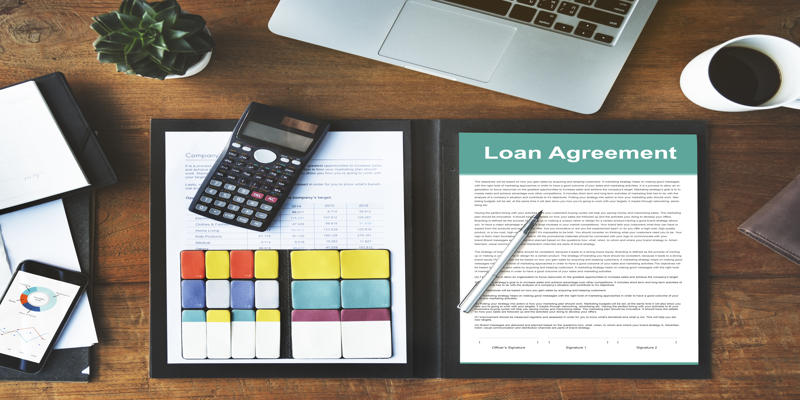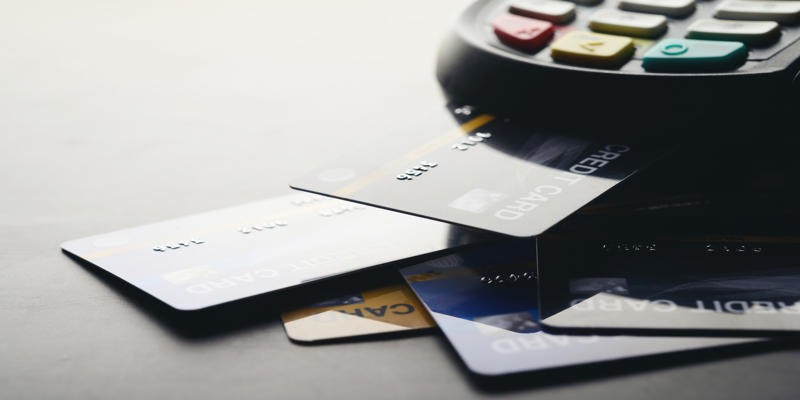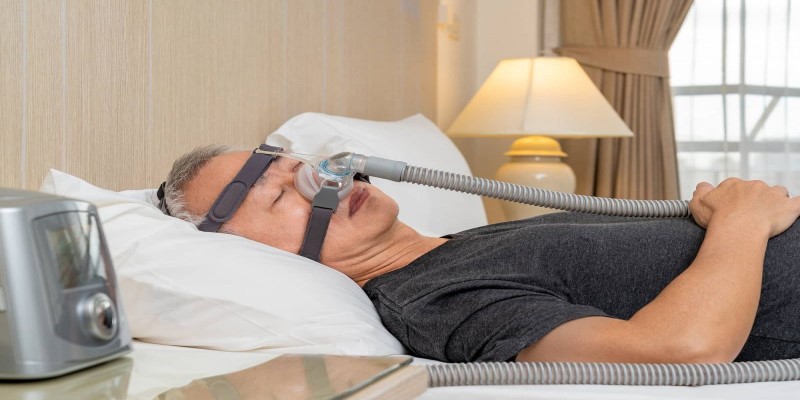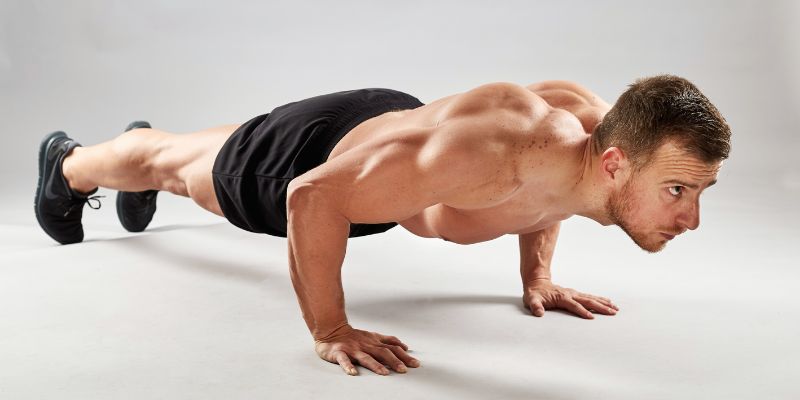How Many Calories Do Pushups Burn: Everything You Should Know
Pushups are an outstanding way to increase strength and general fitness. But how many calories do they really burn? Your weight, exercise intensity, and length of performance all affect the response. Tracking exercise goals and preserving a good lifestyle depend on an awareness of the calories burned during push-downs. Both beginners and advanced fitness buffs will find pushups to be quite flexible and a terrific choice.
They offer a complete-body workout and can be adjusted to accommodate any degree of fitness. In this guide, we will explore how push-ups affect calorie burn, the elements controlling it, and pointers to maximize your gains. Pushups are a great addition to your exercise routine, whether your goals are muscle building or weight loss. Continue reading to discover more!
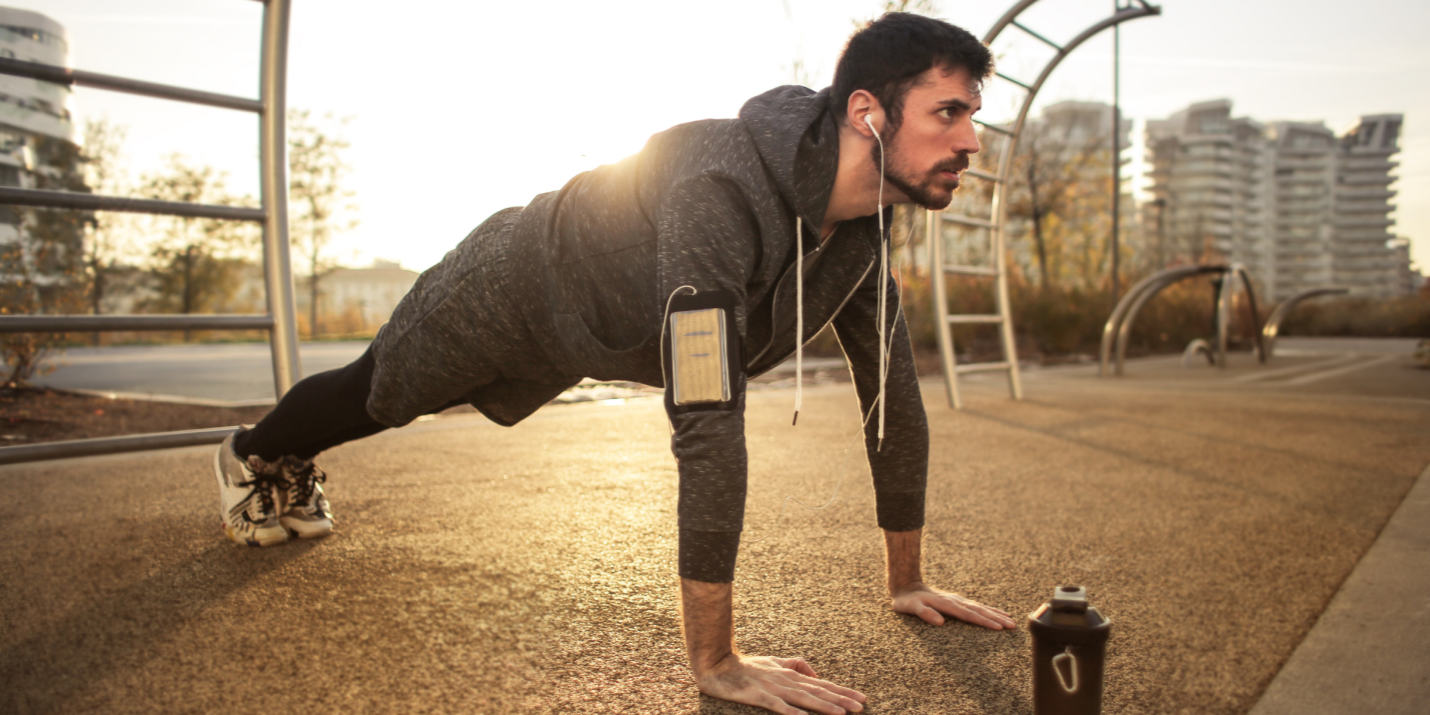
Why Are Pushups Great for Burning Calories?
Push-ups are good for calorie burning because they concurrently activate several muscular groups. Offering a full-body exercise, they concentrate on important areas, including your chest, shoulders, triceps, and core. You burn more calories the more muscles you work on during exercise. Furthermore, push-ups are strength exercise that increases your metabolism. An increased metabolism guarantees that your body will keep burning calories even after the exercise ends, a phenomenon sometimes referred to as the "afterburn effect."
Highly flexible and adaptable, push-ups can be adapted to suit any degree of fitness. While advanced people might include weighted push-ups for more difficulty, beginners can start with knee push-ups. This flexibility makes push-ups reachable for everyone. Since push-ups need no equipment, you can do them anywhere. Regular push-ups boost regular calorie burning, increase endurance, and help tone muscles. Including push-ups in your routine is a great approach to increasing fitness and meeting weight-loss targets.
What Factors Affect Calorie Burn During Pushups?
Push-up calorie burning depends on weight and training intensity, among other things. Heavier people burn more calories working on the same exercise. Your push-up speed is also quite important. Faster push-ups burn more calories and activate other muscles, so they demand more energy. The calories burned also depend directly on the workout length since longer sessions generally utilize more energy. Because it works for several muscle groups and increases calorie burning, proper form is absolutely vital. Conversely, poor form lowers calorie burn as well as efficacy.
Furthermore affecting calorie burn is your degree of fitness. Because the bodies work harder to adapt to the exercise, beginners can burn more calories. Advanced people may burn, depending on their efficiency, somewhat less calories. Finally, the kind of push-up you do matters. Difficult varieties like diamond push-ups or clapping push-ups target more muscles, hence boosting calorie burn. These elements, taken together, define your total calorie burn.
How Many Calories Do Pushups Burn Per Minute?
Pushups burn 710 calories per minute on average, though this varies depending on personal circumstances. For moderate push-ups, for example, a 155-pound person burns about 7 calories every minute. Under like circumstances, someone weighing 185 pounds burns roughly 10 calories every minute. Faster repetitions or high-intensity pushups can greatly raise calorie burning. Explosive pushups, for instance, burn more calories than regular ones. Your exact calorie burn depends on weight and push-up intensity; hence, these elements if be considered.
Calorie calculators and fitness apps are handy tools for approximating calorie burn. Usually requiring data regarding your weight and training specifics, these instruments offer a customized estimate. Remember, too, that push-ups by themselves will not satisfy all fitness objectives. Including push-ups in a well-rounded workout increases calorie burn and general benefits. Combining push-ups with other workouts on a regular basis guarantees balanced fitness and improved advancement toward weight loss and strength objectives.

What Are the Benefits of Pushups Beyond Calorie Burn?
Push-ups have many more advantages in addition to being an excellent calorie-burning tool.
- Build Upper Body Strength: Push-ups help to increase muscle strength greatly, targeting your chest, shoulders, triceps, and arms.
- Enhance Core Stability: Pushups allow you to strengthen your lower back and enhance posture by working your core.
- Improve Muscle Endurance: Frequent push-ups improve your endurance, so facilitating the handling of everyday physical activities.
- Boost Cardiovascular Health: Strong pushups raise heart rate, improving blood flow and heart health.
- Support Mental Health: Push-up endorphins help to lower stress and enhance happiness.
- Adapt to All Fitness Levels: Both beginners and advanced athletes can adapt pushups to fit their levels of ability.
- Support Bone Health: Exercises that involve weight, such as push-ups, boost bone density and strength.
- Build Mental Toughness: Push-ups challenge your physical boundaries and foster mental fortitude and discipline.
Are Pushups Enough for Weight Loss?
Although push-ups burn calories, they might not be sufficient for notable weight loss. Reaching weight loss calls for a calorie shortfall, which can be achieved with diet and activity taken together. Though they can burn calories, pushups should be a component of a complete exercise program. Combining push-ups with cardio activities such as swimming, cycling, or jogging will raise total calorie burn. Cardio activities are successful in targeting fat loss and improving cardiovascular health.
Apart from physical activity, weight reduction depends on keeping a good diet. Cut sugary and processed foods; concentrate on eating nutrient-dense foods like fruits, vegetables, lean proteins, and whole grains. It enhances general health and aids in a calorie deficit. Achieving long-lasting weight loss depends on your food and exercise routine being consistent. Although they are an excellent beginning point for increasing fitness, pushups if be supplemented with other activities to guarantee steady weight loss and better general health.
Conclusion:
One easy but powerful way to burn calories and increase strength is with push-ups. Factors including weight, intensity, and length of time determine the precise calorie count burned. Maximizing outcomes depends on correct form, varied workouts, and additional resistance. Although push-ups help burn calories, they are most effective when combined with other components of a balanced workout. Pushups increase mental health, strength, and endurance outside of calories. Including push-ups in your regimen will help you develop a better, healthier body and raise your general degree of fitness. Push-ups provide advantages for all fitness levels, regardless of level of ability.

